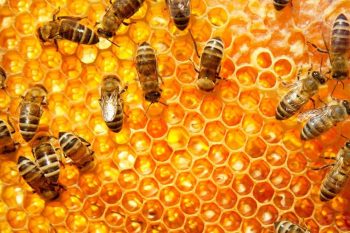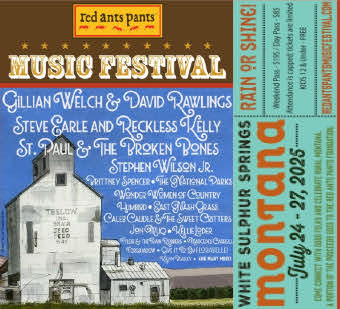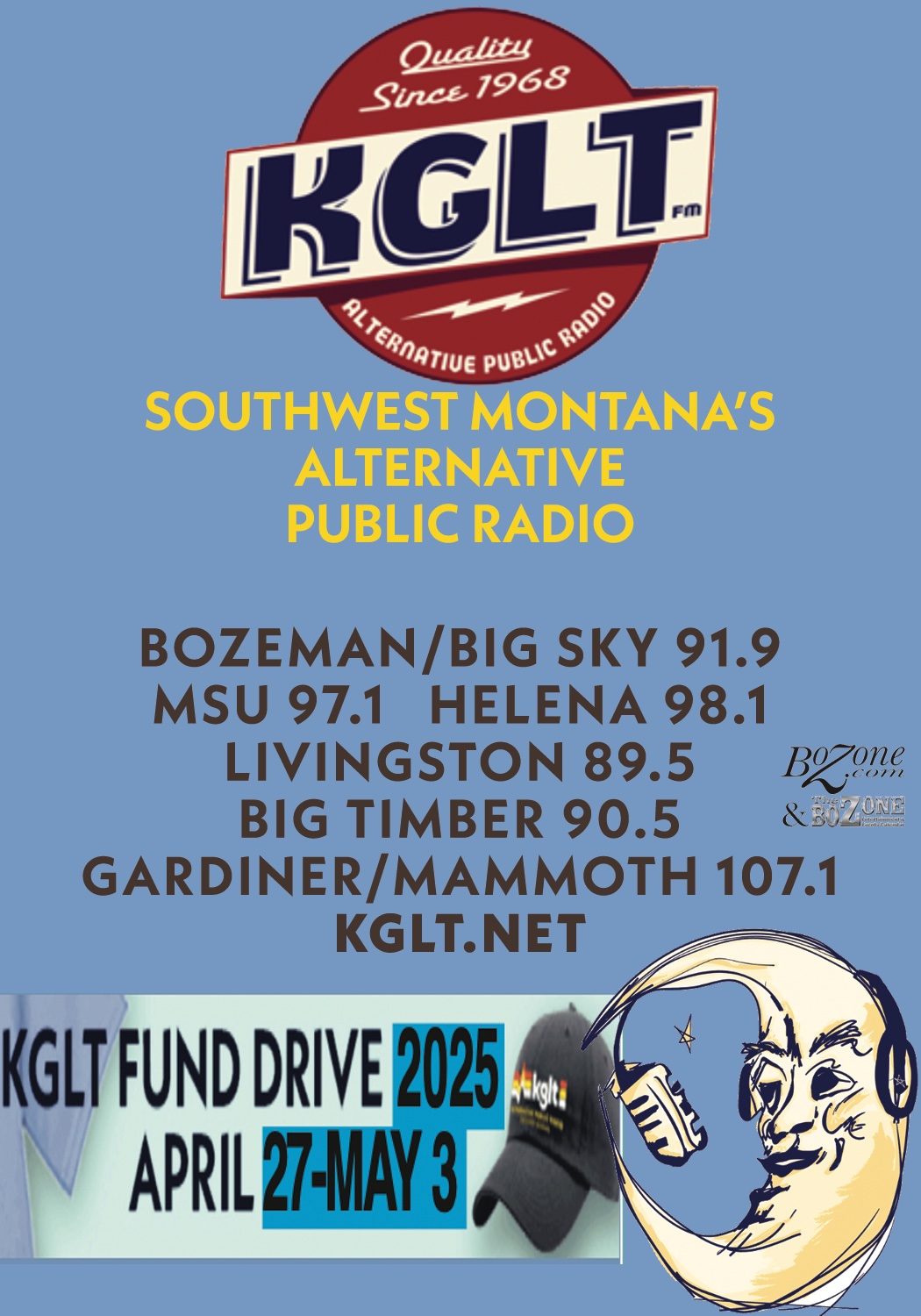by Christine Hrenya, Ph.D. Engineering
Please join for our next monthly Gallatin Valley Beekeepers club meeting on Tuesday, June 12th from 6–7:30pm at Bozeman Public Library. Doors open at 5:30pm for networking. The event is free and open to all. The meeting will be an open Q&A discussion on anything related to this busy time of the season – supersedures, swarms, hive management, integrated pest management, nutrition, honey stores, etc. For up-to-date information on local beekeeping events, see “Gallatin Valley Beekeepers” on Facebook or email GallatinValleyBeekeepers@gmail.com.
What the honeybees are up to…
June is bustling with activity in the Bozeman beehive. Flowers are typically blooming all over town. This strong “nectar flow” means the foragers are bringing back a lot of food to support the surging population, as the queen has now put her egg-laying into fifth gear.
Occasionally, the foragers do not get an enthusiastic reception when returning home. Instead of getting help upon their return, they are left standing at the door with heavy grocery bags of honey while others just walk by. The foragers can take a hint. The cupboards are packed, the house is cramped, and it is time to move on – time to swarm!
Swarming as a result of tight quarters is Mother Nature’s way of splitting one productive colony into two. Before departing, the queen lays eggs in numerous “swarm cells,” which house queens-in-the-making. She then flies off with about half of her worker bees to rest at a temporary location – the swarm – until the scout bees find a new home.
The process of house-hunting is extremely democratic. The former foragers, who know the territory the best, become the scout bees. Each scout researches possible sites and communicates to the swarm the location and suitability of that site. How do they do that, you ask? Via dancing, of course! The positioning of a scout bee’s “waggle dance” indicates direction of the candidate site, its duration signifies distance, and its liveliness indicates enthusiasm level. This dance party continues until the scout bees come to consensus – literally, until they are all dancing to the same tune. It can take hours to days for the scout bees to compare and contrast the various options before coming to consensus. Imagine if our government used dancing to come to consensus – CSPAN sure would be a lot more interesting!
What the beekeepers are up to…
Checking that Her Majesty is laying eggs like there is no tomorrow. Making sure the foragers are finding plenty of nectar and pollen. Looking for signs of swarming. Inspecting for pests and disease. Treating for mites. Adding honey boxes. June is a busy month for the servants!
What the non-beekeepers can do…
June is the peak of swarm season Bozeman, so bee on the lookout. See a swarm? Who you gonna call? SwarmBusters! Call Tom Braccini at (360) 798-4024 for swarms from Big Sky to Belgrade and west, or call Lynn at (808) 753-4752 for Bozeman to Livingston and Paradise Valley, and a club member on our swarm team will then collect and relocate the swarm. Take a photo and text us with the location so we know what equipment to bring.
We will provide rent-free housing and complimentary servants (beekeepers) for the collected swarm and prevent them from choosing an undesirable location, like the attic of your house. It is win-win for both humans and honey bees.
Note the honeybee swarms are extremely gentle. The bees have no food or brood to defend, as they are focused instead on house-hunting. Enjoy the moment.
Please only call for honeybee swarms. Approximately 4 out of 5 of the calls received are a false alarm – yellow jackets, hornets, wasps, etc. Know your bees and please do not take their name in vain at picnics – they are not the ones interested in your food!
Gallatin Valley Beekeepers is a nonprofit whose objective is to serve as a resource to local beekeepers, to educate the members and community about the science, art, and benefits of beekeeping, and to foster communication and cooperation between beekeepers and the community at large.
Contact Us
(o) 406.539.6730
info@bozone.com









